Expert Post-Spawn Bass Fishing Tips
Awkward places exist everywhere. There’s no avoiding it, so we might as well face them and come up with a solution. Consider the area on the boat where the front trailer roller contacts the hull. This spot is nearly impossible to avoid ugly marring; unless, of course, a ScuffBuster was installed to prevent this. Bass anglers face a similar awkward phase each spring known as the post-spawn. Many, including myself, call it the “Post-Spawn Blues.”
This is the time following the spawn when weather is perfect – stable, warm, and the summer air has replaced spring chills. Unfortunately, the fishing is not as equally warm. While the weather buoys our spirits, the lack of action can sink them in a hurry. But keep in mind that the bass are recovering from the rigors of the spawn. After a busy week I prefer the recliner, not chasing down meals, and bass are the same. Fortunately, FLW Costa veteran Ron Nelson of Berrien Springs, Michigan is here to help. He provides insight and shares a few post-spawn bass fishing tips to reverse the blues into pleasure.
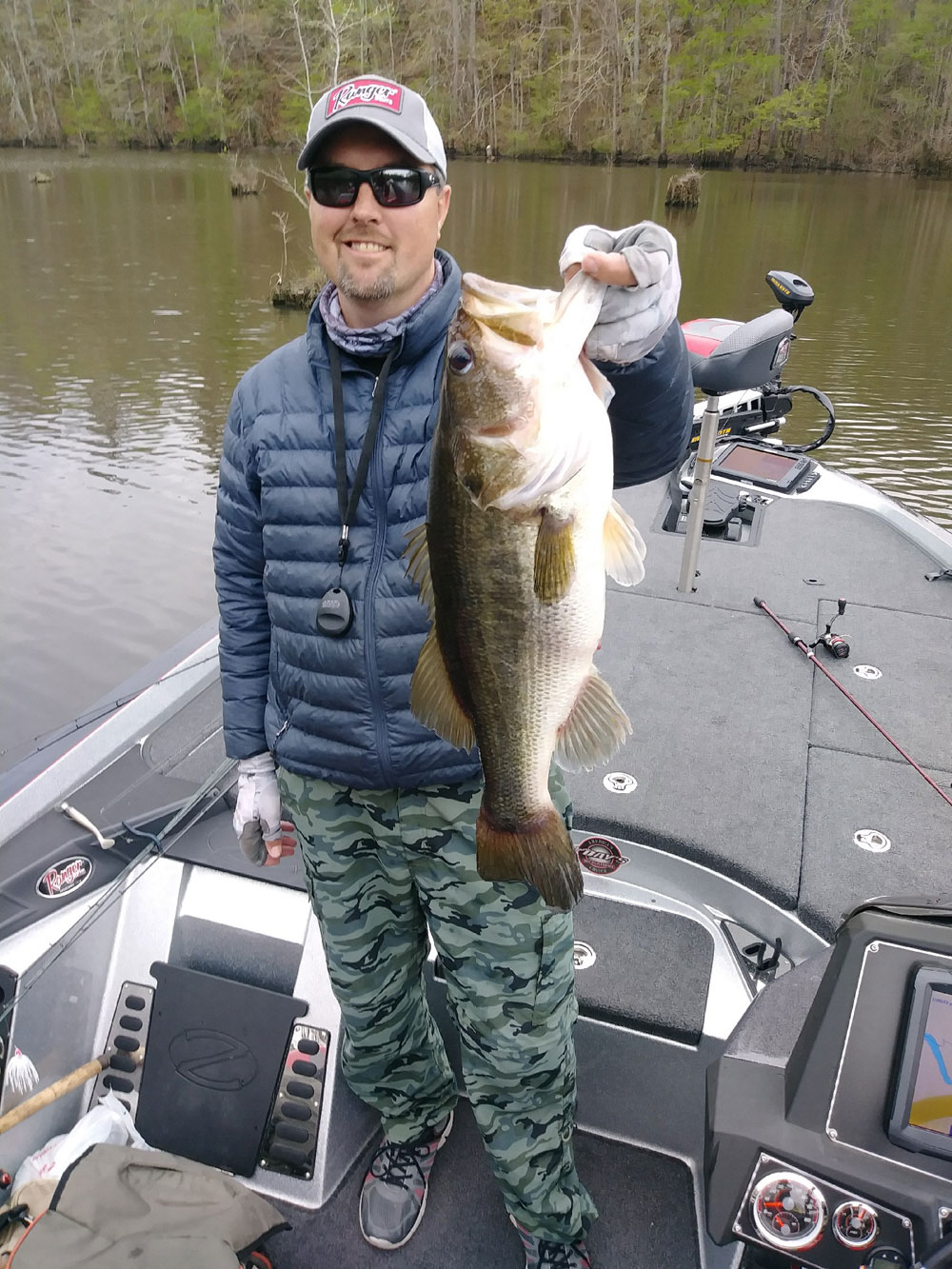
Post-Spawn Bass Fishing with Ron Nelson
Nelson’s credentials speak for themselves. He has amassed over $190,000 in Costa events, boasts six Top 10s and two victories. His two victories, Smith Mountain Lake in 2013 and most recently on famous Lake Champlain in 2017, were in large part because of his recognition and exploitation of post-spawn bass.
Geography is important, and Nelson labors the point. “Such a large variance exists between bass in the Northern states and the Southern states.” He explains “In the South, the bass spawn for weeks or even months, which often makes it possible to target pre, spawn, and post-spawn bass on the same fishery simultaneously. However, in the north, the spawn lasts just a couple of weeks, and then it is over, which limits an angler’s options.”
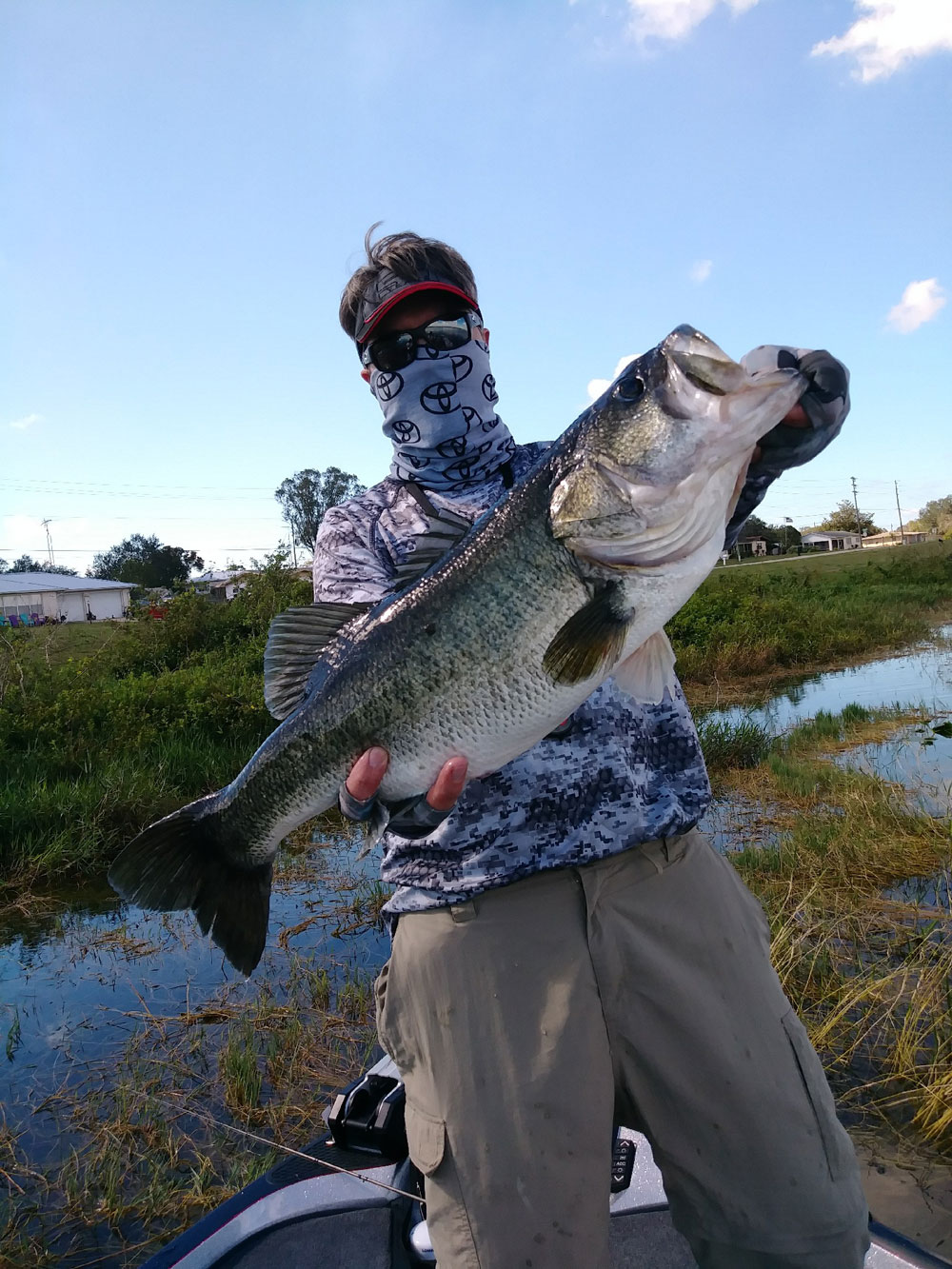
Tips for Post-Spawn Bass Fishing in the North
The post-spawn bass fishing season in the North typically begins when the water temperature reaches 70 degrees. It also coincides when the bluegill begin spawning. “On most years, the spawn lasts only 2-3 weeks. If the spring is cold, it might be less than that,” Nelson says. “The post-spawn period is normally just two weeks as well, and then they begin establishing summer patterns.”
Because the bluegill are often spawning during these two weeks, Nelson seeks out the bluegill to find the bass. He often begins in the same places he caught spawning bass, because bluegill will often spawn in the same area. Bluegill and bass have an interesting relationship. “During the bass spawn, bluegill will often pester bass by raiding their nest and eat their eggs,” Nelson explained. “However, when the bass are done spawning, they will turn around and ambush the bluegill beds for their own food source, and eat the bluegills.”
Weedbeds around spawning bluegills make great ambush and resting places for post-spawn bass. They will hang around and in the weeds waiting for a vulnerable bluegill to pass by, or sit idle until ready to eat. Because of this, Nelson starts working these areas with a popping frog. He emphasizes, “The strike zone is only about 20 feet wide for a typical post-spawn bass.”
A jig worked around these weedbeds to mimic a vulnerable bluegill is another effective strategy for post-spawn bass fishing as well. He will match his jig to the colors of the bluegill and goes for a heavyweight jig. He’ll then look for a reaction bite, or, sometimes, he will go the opposite and go really light for a small fall. The size of fish you catch will tell you which presentation to use.
Past the weeds around spawning bluegill, Nelson looks for the closest deep water structure near fish bluegills. His biggest fish on two of the three days of his victory on Lake Champlain in 2017 were post-spawn bass cruising around bluegill beds. “I got my biggest fish on a spot just like this on day one, and then my biggest fish on the final day on a wacky rigged Senko.” He adds, “On the last day, I actually saw it cruising around bluegill beds and watched it back out to the deeper structure where I caught it.”
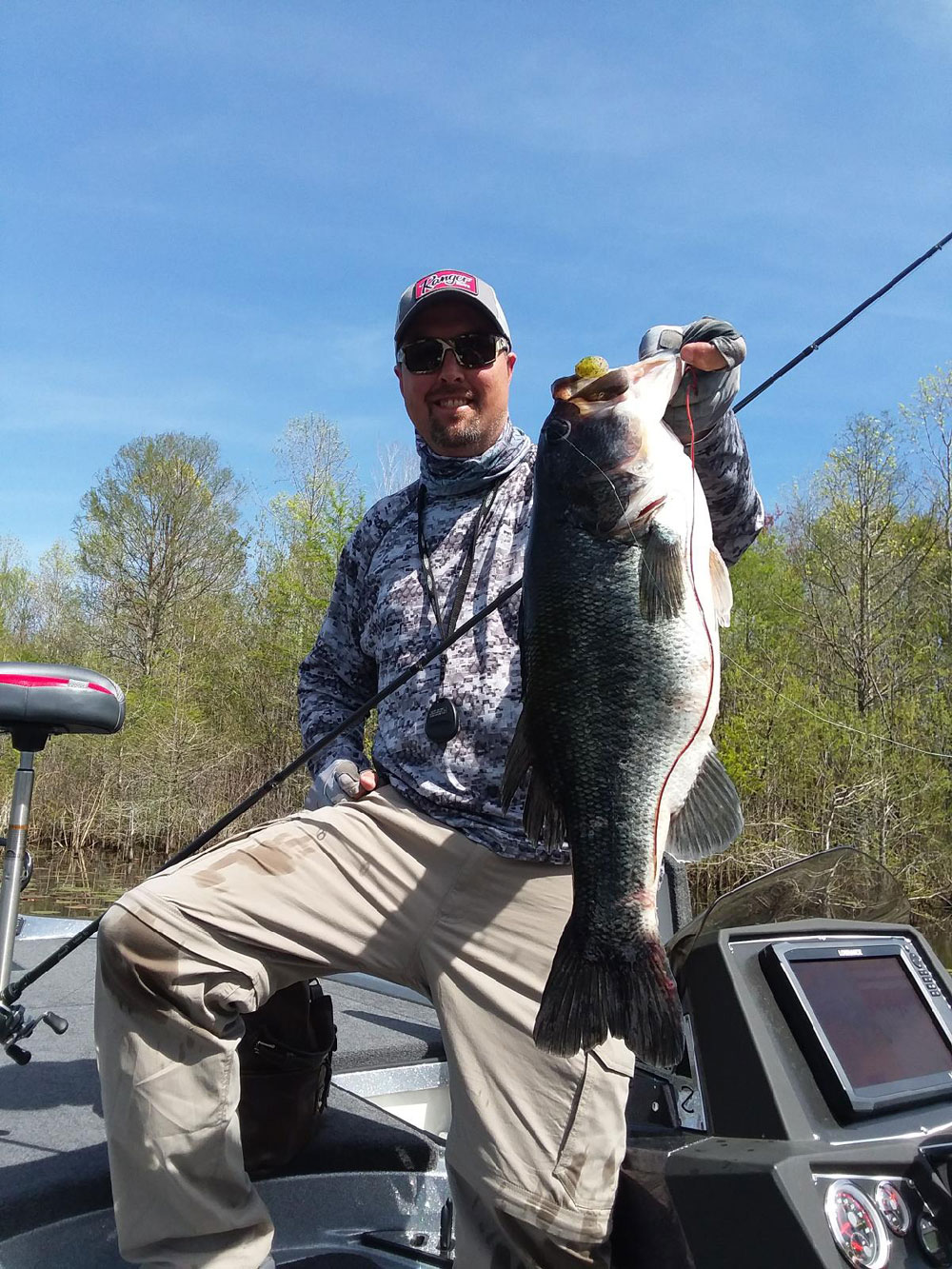
Tips for Post-Spawn Bass Fishing in the South
Up north post-spawn for bass begins with water temperatures in the 70’s. Nelson reveals, “Further south may have both spawn & post-spawn at the same time, because many waves of fish spawn throughout the spring. So, the further south you go, the less relevant temperature becomes.” The post-spawn often coincides with a shad spawn, though, which offers outstanding fishing. “If you find shad spawning and can get to it early in the morning, you can have nonstop action. Literally, you can catch a dozen or more fish in a row. Cloud cover will prolong the shad spawn bite. However, once the sun gets high, the bite stops, so getting an early start is critical.”
Nelson’s strategy is centered around shad. “I begin by looking for shad spawning areas. These are often the same spawning areas as bass. If I can’t find them right away, I work my way out to the first main ledge. Fish are in small areas wherever the shad are.” He employs a variety of shad imitating baits, which include bladed jigs, spinnerbaits, topwater, and swimbaits. “The Reaction Innovation Skinny Dipper is go-to bait for shad spawn fish.” Structure determines how he rigs it. He prefers an exposed hook, but will Texas rig it around cover.
He adds, “Big females will hang around docks and other structure, but they often roam. This makes topwater a great option.
The 2013 Smith Mountain Lake FLW Costa event in 2013 was a post-spawn bite. “The shad spawn bite was on, but on the first day of the tournament a high boat number caused me to miss it. It was over by the time I arrived.” But on championship day, he was able to exploit it, “The bite was on! During the first hour I got several key bites that led to my victory.
When the shad spawn evades his search, he searches elsewhere. “The bass not feeding on the shad spawn will leave creek arms and go to main river ditches.”
Awkward moments might be challenging, but solutions exist. Use Ron Nelson’s advice to avoid the frustration of the pre-spawn stage this spring.

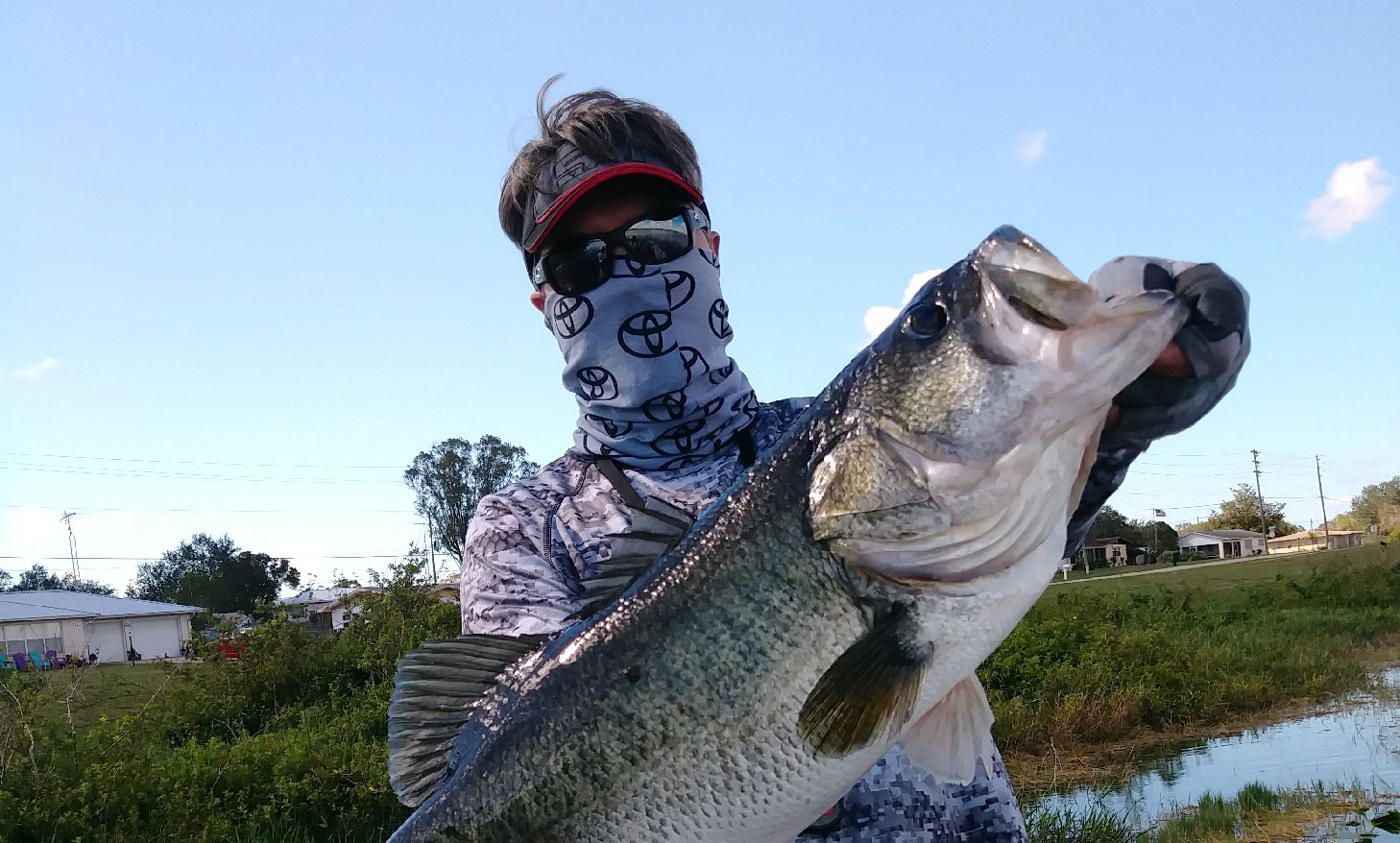
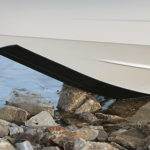

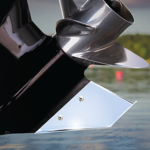

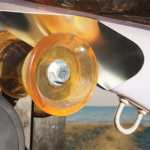
Comments